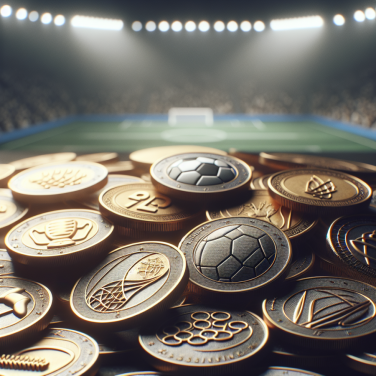Understanding the Price Range: The Factors Determining the Cost of Golf Clubs
The price range for golf clubs can significantly vary, and it can be influenced by several factors, starting from factors directly associated with the clubs’ production, such as brand reputation and materials used, down to those connected with your particular golf needs and preferences. Understanding the factors that affect golf club pricing can aid well-intentioned buyers like yourself in making an appropriate and value-for-money choice.
One of the foremost factors that determine the cost of golf clubs is the material used in their manufacture. For instance, clubs made from titanium and carbon steel are usually more expensive than those made from less expensive materials like cast iron or aluminum. Titanium is used because of its lightweight, strength, and resilience, making it an ideal material for club heads. The shafts, on the other hand, can be made from graphite, steel, or multi-material combinations. The material itself, its quality, and how it affects the club's performance significantly impact the club's price.
Brand reputation is another contributing factor when it comes to cost. Big-name brands like Callaway, TaylorMade, Titleist, and Ping often price their golf clubs higher due to their reputation for quality and innovation. These brands might offer unique features and technologies that set their clubs apart, increasing their demand and, consequently, their price.
The design and customization of the golf club also play an important role in determining its price. Typically, standard clubs are more affordable than customized ones. Customizations may include adjustments to the grip, length, lie angle, or even the shaft. With customization, you are essentially paying for a golf club that is specially tailored to your swing and playing style, which can greatly improve your game but at a higher cost.
The type of golf club also significantly impacts its cost. A golf set is typically composed of a combination of drivers, irons, wedges, and a putter, each serving a different purpose. The drivers and irons are most often the most expensive due to their materials and construction complexity, while the wedges and putters are usually less expensive.
Another vital factor that influences the cost of golf clubs is the product life cycle. The newest models equipped with the latest technology are generally the most expensive because they provide high performance and incorporate the most recent golf tech advancements. However, as they're replaced by newer models, their prices decrease. Buying last year's model can still be an excellent investment without making a significant dent in your wallet.
The market's law of supply and demand also applies to golf clubs.
Read also:
Finding Your Perfect Match: A Guide to Choosing the Right Golf Glove
Breaking Down the Cost Elements: A Detailed Look at the Pricing of Golf Clubs
The price tag on a brand-new set of golf clubs can be quite complex, with many different factors contributing to the final cost. Beyond the obvious elements such as raw materials and manufacturing, there are hidden costs and fees that often drive up the expense of these essential golfing tools. Let's delve into these intricacies by breaking down the key cost elements that feed into the pricing of golf clubs.
Raw Materials and Manufacturing: The type of materials used in making golf clubs significantly affects their cost. Titanium, carbon fiber, stainless steel, and other high-tech synthetic materials often used in the best golf clubs come with hefty price tags. The manufacturing process also plays a significant role. High-quality clubs are often handmade, involving detailed craftsmanship and labor costs.
Brand and Reputation: Established golf brands such as Callaway, TaylorMade, and Titleist tend to charge more due to the reputation and trust they've built over the years. These brands invest heavily in research and development, sponsor big names in the sport, and produce well-crafted, tested golf clubs. All these add up to the cost of each club.
Research and Development: Designing golf clubs isn't as simple as shaping a piece of metal. Brands often spend millions each year on research and development to maximise performance and minimise shortcomings. Innovations such as adjustable drivers, multi-material construction, and advanced aerodynamics come at a price, which is passed on to the consumer.
Marketing and Sponsorship: Celebrity endorsements, TV commercials, and sponsorship of golf tournaments are major expenses that companies need to recoup. These expenditures contribute to the brand's visibility, reputation, and overall perceived value to the customer, but they also add to the price of the golf club.
Distribution and Sales: These costs involve everything from shipping and warehousing to getting the golf clubs into stores or online platforms. There are also retailer markups to consider. Most retailers add a significant percentage on top of the wholesale price to cover their operational costs and profit targets.
New Technologies: With the advent of newer technologies, golf club manufacturers are able to offer advanced features like adjustable weights and lie angles, aerodynamic shapes, and vibration dampening systems. These technological advancements are designed to enhance the golfing experience, but they also contribute substantially to the product's final cost.
Custom Fitting: Some golfers opt for custom-fitted clubs, which deliver optimal performance by matching each player's unique swing characteristics.




